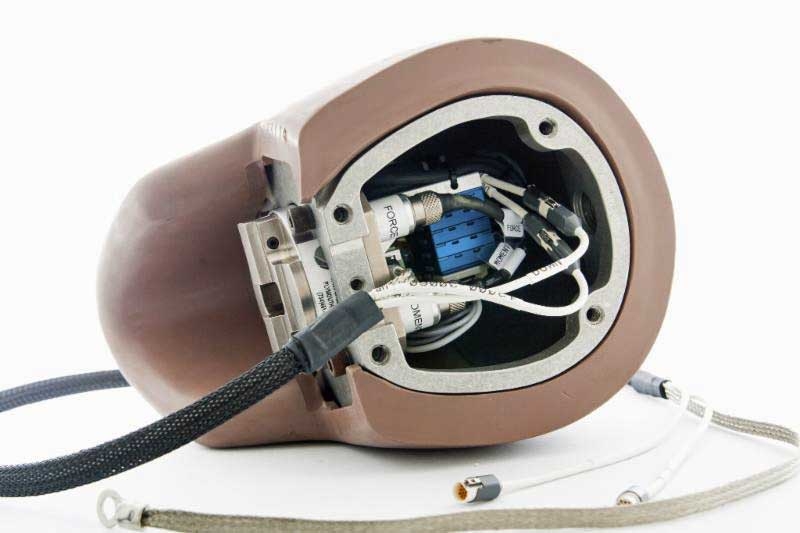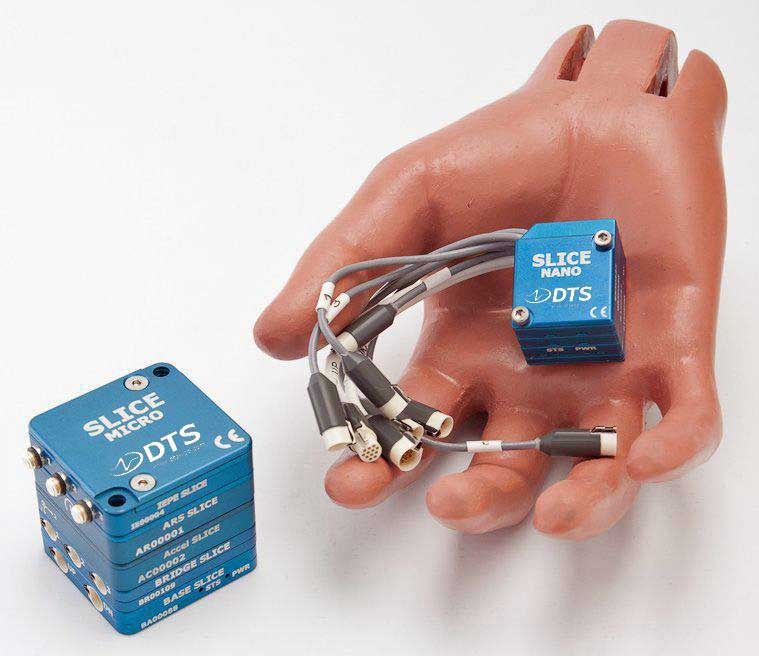A major issue surrounding sports, football in particular, is the incidence of head injuries with the most noted being concussions. Sensors have been playing a major role in the race to find safer solutions. In response to a greater need for player safety, researchers at the University of Alabama at Birmingham UAB) are measuring helmet impacts using crash test dummies fit with embedded sensors and data recorders.
According to the researchers, placing data recorders and sensors inside the dummy heads eliminates large arrays of cables that get tangled during testing. The UAB research team wants to improve helmets, starting with the testing process. Therefore, as opposed to the regular practice of placing sensors on the outer surface of the helmet, they are putting the sensors and recorders inside crash test dummy heads for more biofidelic impact data.

An 80-foot railed track with a motorized sled recreates actual impacts using two crash dummies in protective football equipment. The researchers employ miniature DTS SLICE NANO data recorders plus triaxial linear accelerators and angular rate sensors that are embedded inside the dummy head - eliminating any trailing cables.

The system records each collision, calculates the velocities of the players involved, and the locations of impact on each player's helmet. This data helps to identify helmets that best protect players from concussions, as well as encouraging the design of safer helmets. The institution's new partnership with VICIS, a helmet technology company, will aid that goal even further.
For more details, visit: